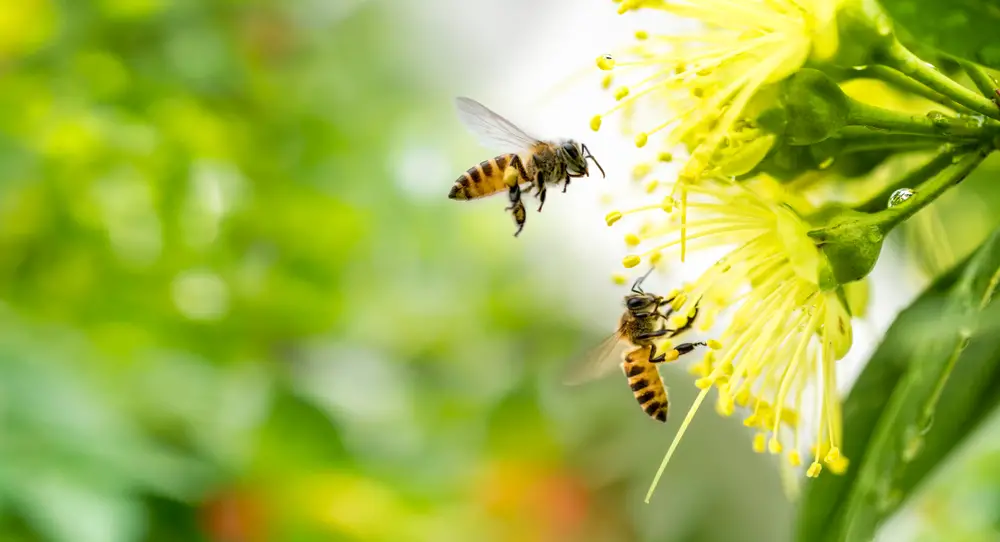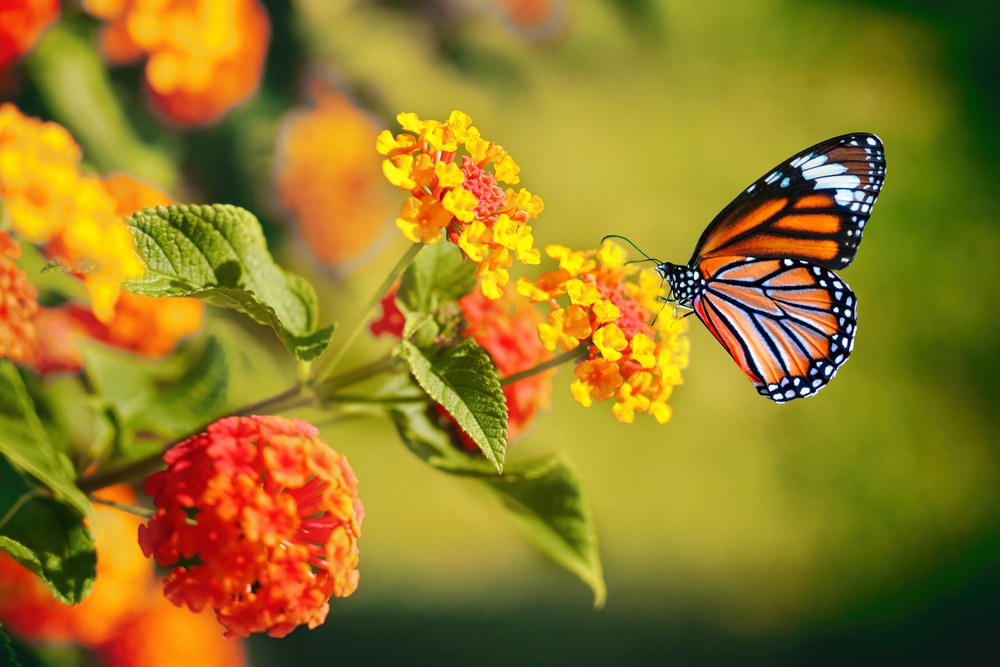Supporting pollinators doesn’t require beekeeping or extensive gardening experience. Even a few simple changes to your outdoor space can create a valuable habitat for bees, butterflies, and other essential pollinators. By focusing on plants and garden practices that encourage pollinators, you help sustain these vital species and contribute to a healthier environment.

Start by planting a variety of flowers that bloom throughout the year. Pollinators need a consistent food source, so aim for a mix of early, mid, and late-season blooms. Wildflowers like coneflowers, black-eyed Susans, and asters are particularly attractive to bees and butterflies and thrive in many climates. Herbs such as lavender, rosemary, and thyme also provide nectar while adding pleasant aromas to your garden. Consider planting in clusters, as pollinators find grouped flowers easier to locate.
Minimizing pesticide use is crucial for supporting pollinators, as many common chemicals harm bees and butterflies. Instead of chemical treatments, consider natural pest control options, such as encouraging ladybugs or planting pest-repelling herbs like basil and mint. If pests are an issue, organic sprays made from neem oil or soapy water can manage them without endangering your pollinators.

Offering a small water source in your garden also supports pollinators. A shallow dish filled with pebbles and fresh water provides a safe place for bees and butterflies to drink without risking drowning. Place it near blooming plants for easy access. Regularly change the water to keep it clean, and consider adding stones or sticks as landing platforms. With these small adjustments, your garden becomes a pollinator paradise without any need for beekeeping equipment.
Creating diverse habitats within your garden also enhances its appeal to pollinators. Include a mix of sun and shade areas, as well as sheltered spots protected from strong winds. Small shrubs or tall flowers can act as natural windbreaks, making your garden more comfortable for delicate pollinators like butterflies. This variety in structure adds layers to your garden, attracting different types of pollinators throughout the day.
Adding native plants to your garden can make a significant difference for local pollinators. Native species are especially well-suited to attract the bees, butterflies, and insects that naturally occur in your region. Not only do native plants thrive with minimal maintenance, but they also provide a familiar food source for local wildlife. This creates a sustainable ecosystem in your garden, supporting biodiversity beyond your immediate plants.
Consider creating a few undisturbed areas in your garden for ground-nesting pollinators. Many bees, for example, make their nests in bare soil or under leaf litter. Leaving a small patch of earth uncovered or a few fallen leaves provides a safe space for these important insects to nest. This simple change helps support less visible pollinators and allows your garden to contribute to the broader pollinator population.
